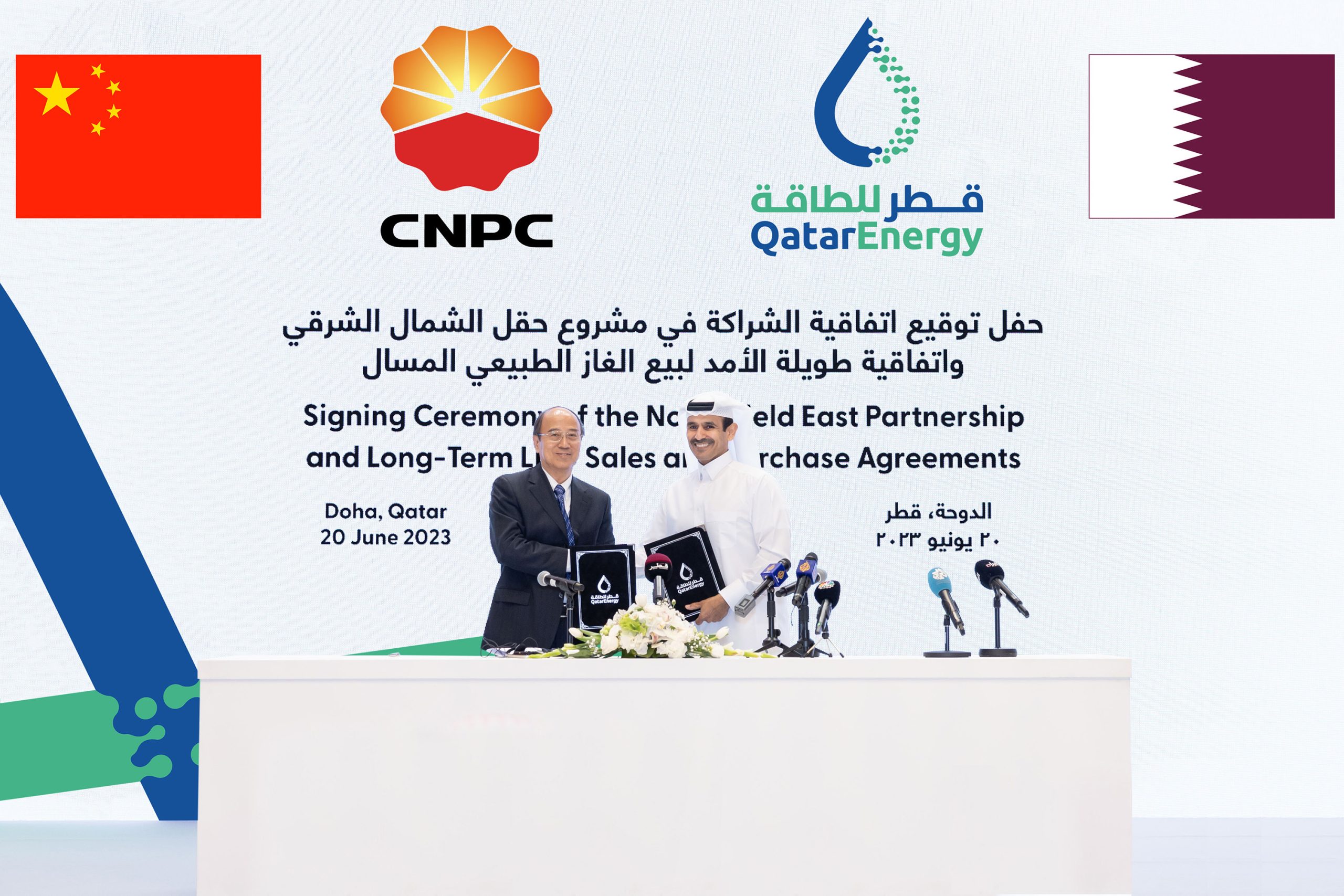Qatar is set to overtake Australia as China’s largest supplier as China bids to become a significant trading player.
China has increased in international LNG trading markets courtesy of new deals signed with Qatar and the United States, according to Reuters.
About a dozen companies, including PCI, CNOOC, Sinochem, and ENN are expanding trading teams and opening offices in London and Singapore to handle the influx of volume coming in the next decade.
China’s increased presence has put it in competition with major conglomerates like Shell, BP, Equinot and TotalEnergies.
In one year, there has been a 50% increase in supply from long-term contracts with Qatar and US. Qatar itself has inked two such contracts in a long-term period.
“We’re going to see a paradigm shift in Chinese companies from being total net importers to (being) more international and domestic trading players,” analyst and head of global trading for Trident LNG, Toby Copson told Reuters.
In three years, contracts would yield them a supply of more than 100 million tonnes a year and any surplus is expected to be traded or swapped when arbitrages (profits in different markets) are made.
“I could see China becoming a seasonal seller to places like Southeast Asia, South Korea and Japan, as well as into Europe,” said Jason Feer, head of business intelligence at Poten & Partners told Reuters.
27 year gas deal
QatarEnergy and China National Petroleum Corporation signed a second gas supply deal with four million metric tonnes of liquefied natural gas this year. It follows an identical deal made earlier in the year of four million tonnes of LNG with China’s Sinopec.
Qatar is the world’s top LNG exporter, and competition for LNG has ramped up since the start of the war in Ukraine, with Europe, in particular, requiring a large quantity to help replace Russian pipeline gas that used to make up almost 40 percent of the continent’s imports.
Asia, with an appetite for long-term sales and purchase agreements, has been ahead so far in securing gas from Qatar’s massive production expansion project.
Short-term spot markets went through the roof last year courtesy of the Russian invasion of Ukraine. Long-term buyers have since sought to maximise their contractual deliveries and Qatar itself squeezed as much as it could from its liquefaction plants to capitalise on those sky-high spot prices where possible.
Qatar is currently forging ahead with a massive expansion plan that will boost production. The move will see QatarEnergy have huge new volumes to place in the market, which has touted the benefits of long-term contracts rather than spot sales as more secure in times of price volatility.
Qatar’s LNG capacity is being expanded in two phases.
The $28.75bn first phase expansion (North Field East: NFE) will take Qatar’s LNG export capacity up from 77mn t/y to 110mn t/y by early 2027 and entails the construction of four new 8mn t/y liquefaction trains.
The second phase, North Field South (NFS) will raise capacity further to 126mn t/y by the end of 2027 (Qatar LNG Expansion Partners Eye Liquids Riches). It is incorporating carbon capture and storage to its expansion to accommodate demand for lower carbon product and reduce methane emissions.







